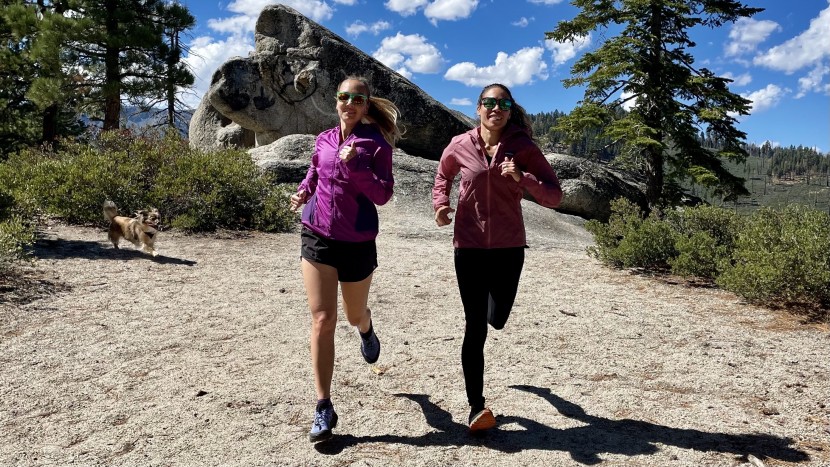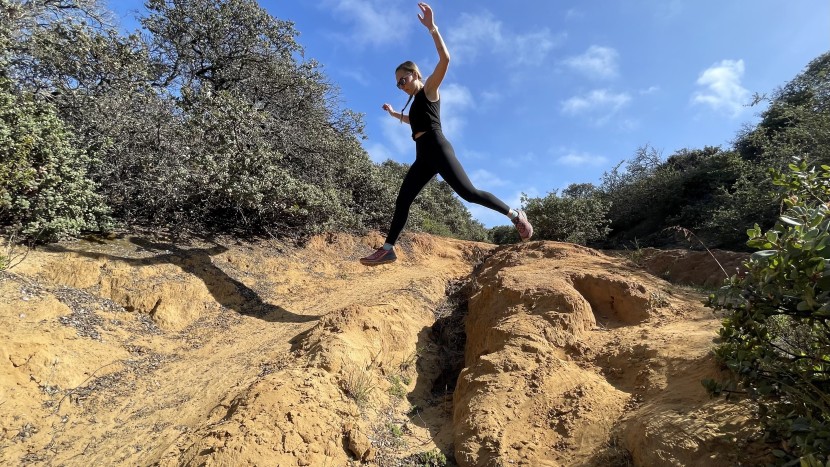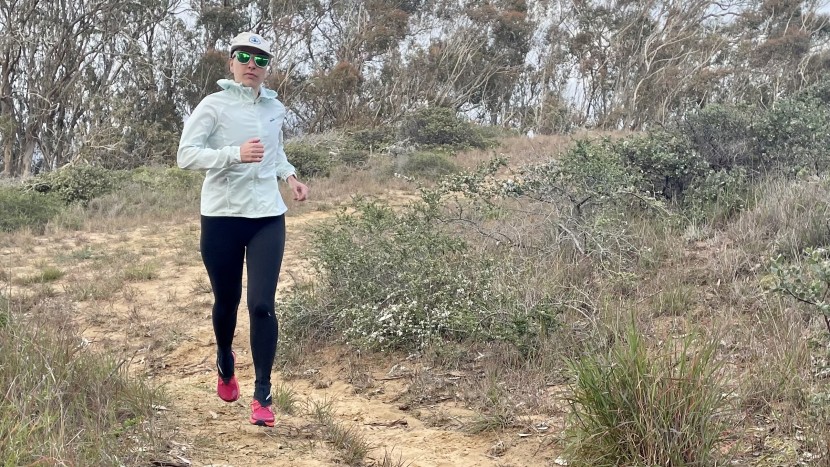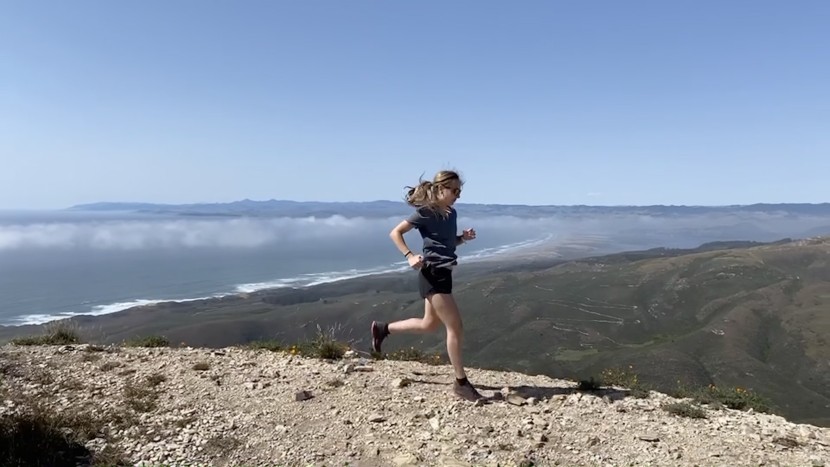Where We Test
A good trail running shoe is characterized by its performance on the dirt and the occasional snowfield, river crossing, and slippery rock race. As a result, we've tested all contenders over a wide range of surfaces and environments over the years. We have taken time to run across sandy trails, scree-laden alpine mountains, and everything in between. We've run thousands of miles over varied terrain in South America, Canada, Europe, and the United States. We've visited the summits of mountains, trained on the beach, run through the valleys, and sweated it out in the desert. We have entered races in these shoes and executed our own unsanctioned and unsupported endeavors.
Performance Rating Metrics
We evaluate each shoe on its ability to perform across several mutually exclusive testing metrics. We typically carry our phones with us and frantically let Siri transcribe our thoughts as we narrate them. We also ensure that each model is tested fairly across a wide range of foot shapes and preferences by giving local runners and friends the shoes to test on the trails. We also do our research, cross-checking hundreds of other online reviews to ensure we aren't missing anything and to identify potential issues to look for. We condense all of this research and hands-on experience into a package of manageable information to help you make the best decision for yourself and your feet.
Foot Protection
In this metric, we perform a variety of objective tests. While in the field, we observe which shoe provides the best protection underfoot. We notice if any trail debris penetrates the mesh uppers and which shoe offers the best water resistance while crossing streams. We note how heavy each shoe feels after splashing through a river, and take care to assess how quickly each shoe dries. As we run, we actively try to get sand, water, and other particles into our shoes. We compare the protection of the uppers, tongue, and outsole. In our testing lab, we cut every pair in half to examine their midsoles, plates, and cushioning. We also look at responsiveness, cushioning, and other protective elements, such as the hardness of the toe cap and how the fit affects protection. We kick rocks with the toe bumpers, intentionally run across sharp rocks, and compare the underfoot sensations as we go. We go for a lot of beach runs in California's Morro Bay and the shores of Lake Tahoe. On the coast, we found a shallow, sandy inlet that is perfect for testing the elemental protection of each shoe. In the mountains, we tested underfoot rock plates and took toe bumpers to their limits, kicking rocks and taking a few tumbles along the way. We returned to the same spots again and again for continuity and to ensure a fair trial for all shoes.
Traction
We have learned that we cannot judge a shoe based on the appearance of its outsole alone. The shape of the lugs and patterning make a big difference in the grippiness of each shoe. We look at various surfaces in this metric and take notes for each shoe. We tested on surfaces that included zoomy single track, sticky mud, snow, pavement, roots, wet slippery rocks, sand, and plenty of loose scree. We tried our luck at sliding down hillsides of wet grass, tested each shoe's braking ability on slick spring snow, and sprinted along wet granite. We measure and assess the comparative lug length and examine the type of rubber used in each trail shoe. We also look at the lug shape and placement to determine how the form correlates to its best use. In addition, we note which shoes we subjectively feel safer and less slippery in. Some outsoles feel grippy, while others feel like they have teeth that can bite down into the trail.
Sensitivity
This test is relatively simple, though, of course, it contains some nuance. The shoe that provides the least protection underfoot from the trail provides the best sensitivity. The more we could feel the trail, the better the sensitivity. As a result, in addition to field tests, we compared the relative stack height to measure each shoe in this metric. Some stacked shoes provided better sensitivity than others, which is something that we were careful to take note of. Some runners prefer a thicker underfoot feel and less sensitivity, so we consider this as we assess each shoe. Our in-house testing team cuts each shoe open to get an inside look at what each sole is made of. Many shoes are being released with carbon plates for propulsion as well as protection — adding yet another element that we consider as we pit these shoes against each other.
Stability
When evaluating stability, we observe which shoes provide the most lateral support and which ones feel downright tippy. We measure the width of each outsole and the stack height of both the heel and forefoot to understand its performance. We also run over precarious surfaces to see which tip and bend more. We consider how each pair's heel-to-toe differential affects their stability. Though we mostly assess stability based on the shoe shape, height, and profile, we also use a keen eye to gauge what each shoe encourages your foot to do. When a shoe encourages the tiny muscles in our feet and ankles to fire — adding natural stability to our gaits — we note that too.
Comfort and Fit
When considering comfort, we run dozens of miles in every pair of shoes to see which ones feel most homey for our feet. We look at the cushioning, its responsiveness, and its relative thickness. We also look at the upper and how breathable and comfortable it feels on our toes. We are incredibly sensitive about laces and heel collars. Our in-house testing team measured the thickness of each shoe's midsole and stack height, which offers empirical values to help understand the sensations we feel as we run. We consider which shoes fit best on wide, narrow, and medium feet (or additional sizing options are available) and where the relative support exists or doesn't exist. We ordered our regular size of shoe and then compared how true its length and width are to what we'd expect to provide a snapshot of how each pair fits.
Weight
To start, we measure every single shoe in the same size on the same scale. We then note if the shoes feel trail dynamic or bulky when in use. We also note how evenly distributed each shoe's weight feels as we run and if any imbalances stand out.








